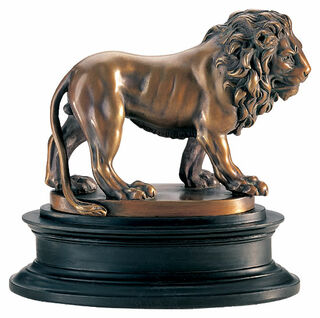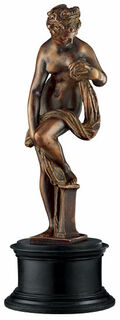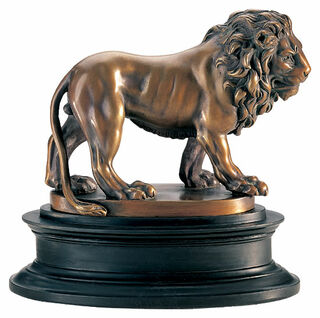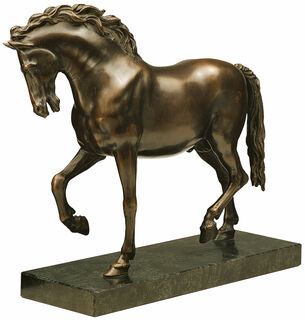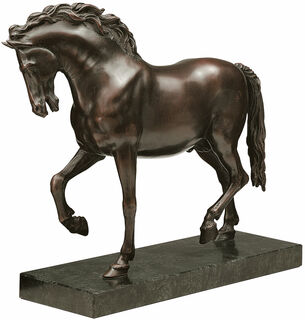Giovanni da Bologna
1524-1608
Giovanni da Bologna, known as Giambologna, was Michelangelo's master-class student and the main representative of Mannerism during the transition between the Renaissance and the early Baroque.
His art represents a fusion of indigenous, Michelangelesque, and antique influences. In addition to large bronze and marble sculptures, statuettes form an essential part of his œuvre.
From 1544 to 1550, he was a student of Jacques Dubroeucq in Mons, Belgium. Many of the later important masters, some from Germany and his home Italy (Hans Reichel, Hubert Gerhard, Adriaen de Vries, Pierre Franqueville, Pietro Tacca and others), studied in his workshop. The artist settled in Florence and soon became the Medici's court sculptor.
Throughout Europe, the high nobility fought over owning works by him. It is unique how many works he produced in his studio. The Pope awarded him the Order of Christ, and the Emperor himself raised him to the nobility. Until his death in 1608, Bologna was in the service of the Medici in Florence.

